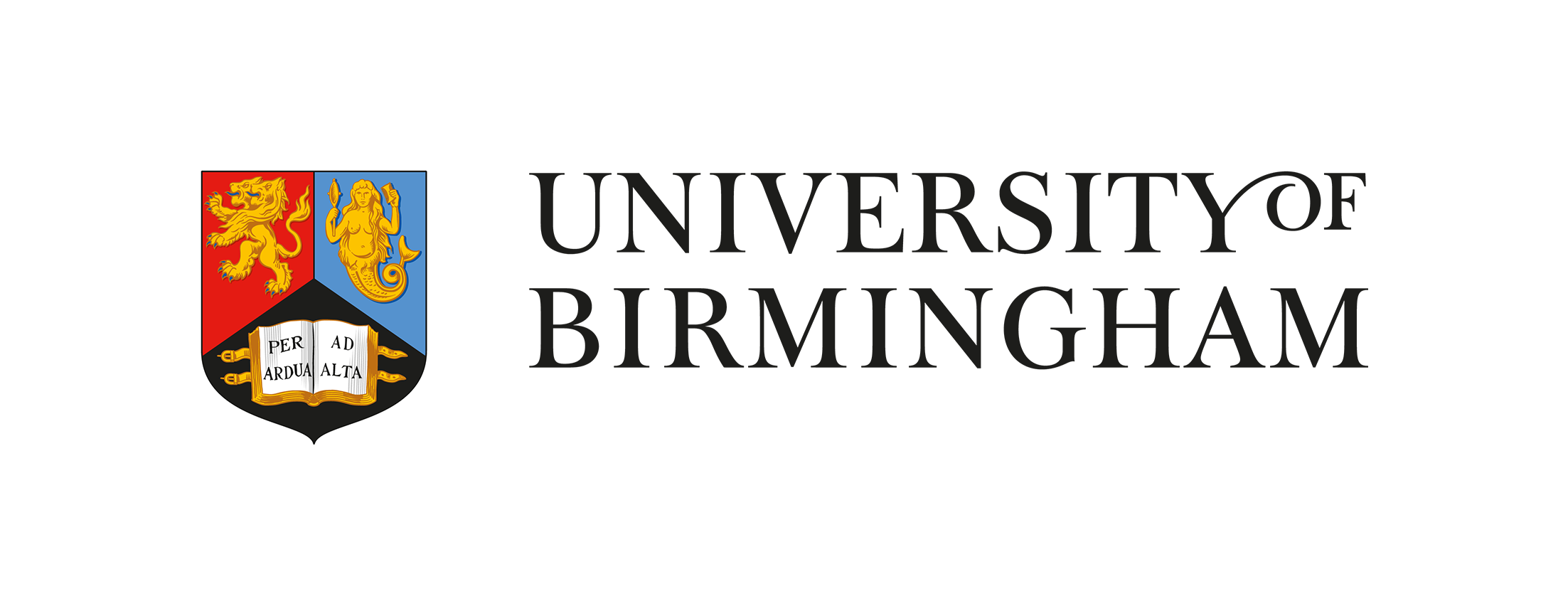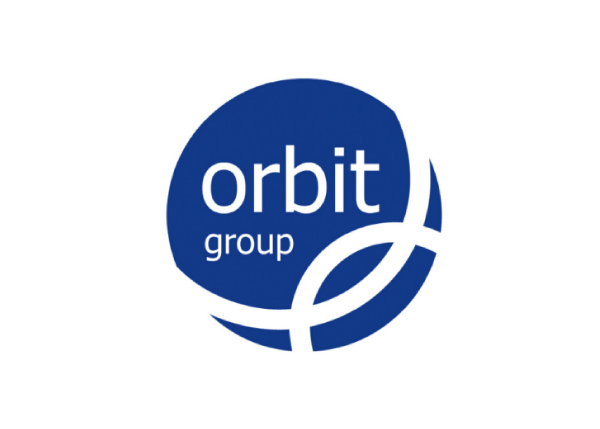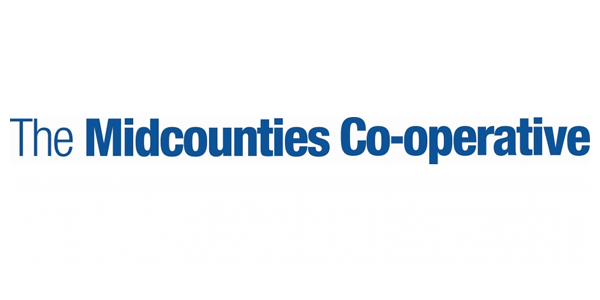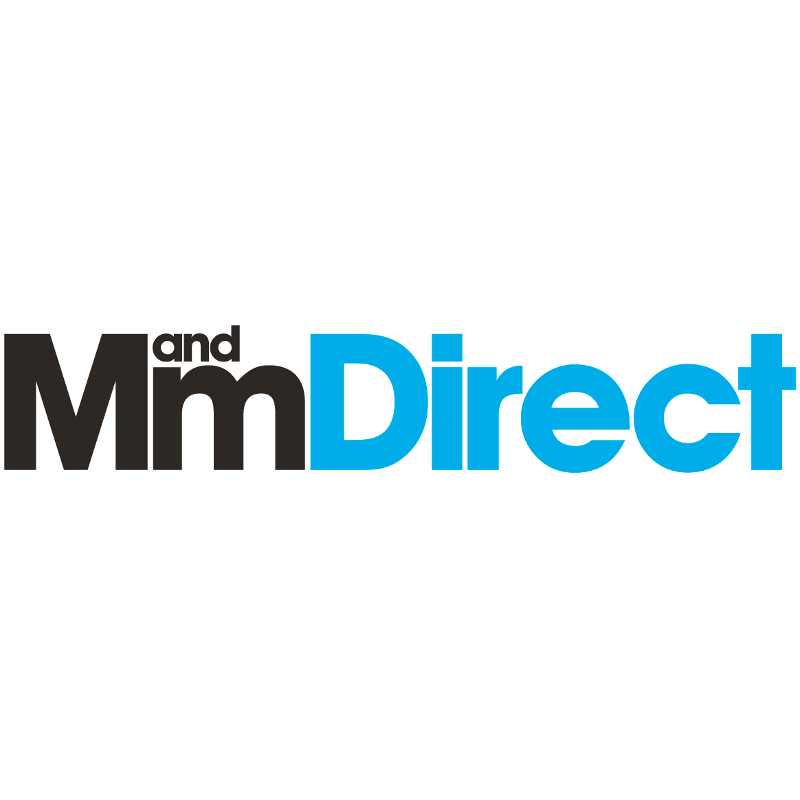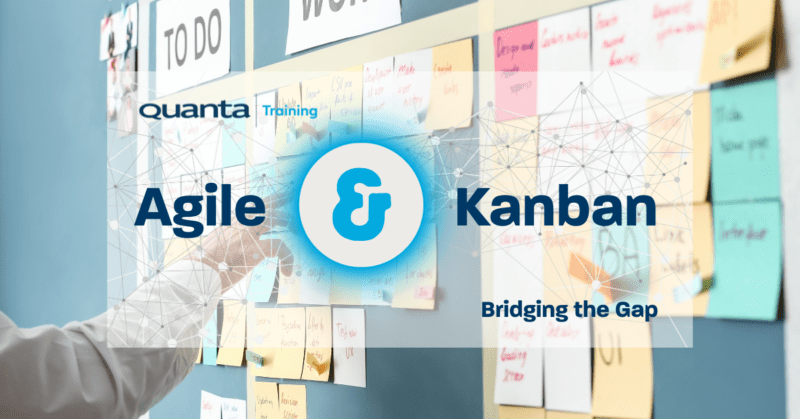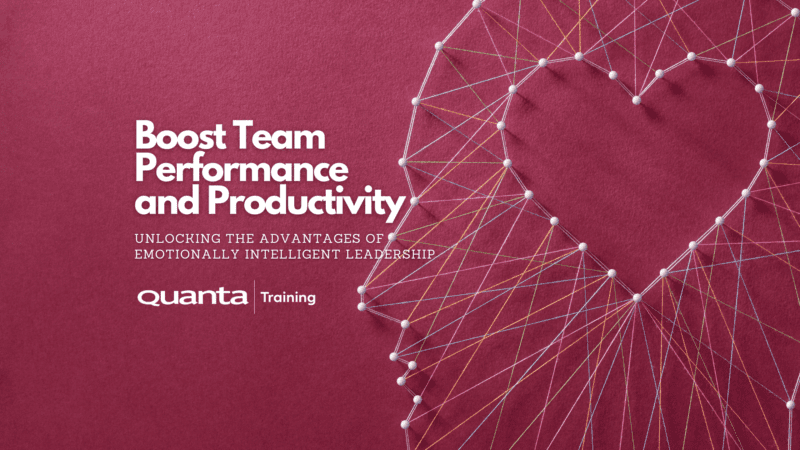

What is Agile Methodology? – FAQs
Ok, follow these button prompts closely. Up, down, down, X, left, Y, down, right, up, up. That’s it. That’s the cheat code to correctly implement Agile projects.
Sadly, there’s no simple code, no “silver bullet” for getting this right. Agile is a wonder but it’s also not a mindset that can be instantly engrained into your head with a cheat code. If you’re completely new to Agile as a concept, then suddenly jumping into an Agile project will likely be completely bewildered. But Agile can provide an incredible uptake in efficiency and profitability for those who undertake the change, with a 27% increase project cost reduction being reported in 2020.
So, we took it upon ourselves to compile a cheat sheet of our own, for those who are either new to Agile or are considering an Agile mindset for upcoming project or product development. Familiarise yourself with some key concepts below.
What is agile?
Agile is a different beast to other mindsets, and benefits from a team filled with members who are relentless in their approach to inspecting and adapting. At its core, Agility is viewing your product or project development highly critically, and making iterative revisions. Scrum is likely so popular due to its ease of understanding, but difficulty in getting the most out of using it.
The best way to explain this is to go to the source – The Agile Manifesto. This very brief statement of belief sets out very clearly the philosophy and principles that form the Agile state of mind. Potential adopters of Agile will be pleased to know that it can be distilled into these few vital clarifications:
- Individuals and interactions over processes and tools.
- Working software over comprehensive documentation.
- Customer collaboration over contract negotiation.
- Responding to change over following a plan.
What is agile in relation to Scrum?
Scrum is the most widely used Agile methodology, with over 72% of all those practicing agile using it in this way. Scrum doesn’t give you specific knowledge on how to manage projects, but it does supply the framework to adapt to problems and deliver products that will provide the most possible value to the customer – which is about as distinctly Agile an idea as you can find!
What’s the optimum team size?
One of best parts about Scrum and Agile is that it’s completely scalable. No given team size is better than any other – it’s all dependant on the objective being worked towards. Questions such as these basically ask you to think relatively – clearly a team of 100 isn’t needed to develop a new set of pens for sale in Poundland; just as one person wouldn’t be capable of developing a new kind of marmite that every single person can agree on. No one person is that good.
Fundamental agile roles:
Scrum Master:
This role is often misunderstood. It’s viewed as a team level coach that can aids the team in Agile skill development, but in reality, the Scrum Master does so much more. They service three aspects of roles associated with Scrum: the development team, the product owner and the product’s audience (but we’ll come on to these titles momentarily).
Those in the role of Scrum master actually influence the effectiveness of the project at many internal touchpoints, and some people think that its reach is far less broad.
Development team:
This team is responsible for the designing, building, testing and potentially deploying of the product. We would stress that the name is quite confusing, like calling a new-born baby “Bernard.” It leads people to think that the team is only a place for developers and coders, but an effective development team needs a lot more than just technical minds. Many organisations would prefer to use the term “delivery team” instead, as it’s a better representation of their accountabilities related to the product or project.
Product Owner:
This role is more easily explained. The Product Owner has to deliver the most value possible. This means getting items of the right value out of the door at the right time. This means having an supremely tight feedback loop to the team and customers. The Product Owner understands what’s of the most value at any given time.
How can you make it easier for new team members to adjust to Agile roles?
It’s vital to understand the effects that each role has on the Agile Project. It’s about role understanding, and is something that can more easily be learned through business games, where you can inhabit roles in action.
Another valuable piece of advice would be to hire an experienced Agile Project Manager who can coach. In this way the team can be shown how to do the work and build methods for sustainability in the aftermath of your first few expeditions into the belly of Scrum projects.
First step in planning an Agile project?
This was a trick question. Rewind a step or two before this. Are you planning a project? Or a Product? Spot the difference here. A project typically has a known start and end date before it’s handed on to someone else, whereas products must be lived with for an extended period of time and must be managed in a different way.
Once the distinction has been made, then you ask: is it even sensible to use Agile in this context? It’s great in complex and adaptive environments, but in more simplistic spaces where requirements and solutions are less likely to change, it’s probable that less value will be delivered.
What common mistakes should new Agile adopters be aware of?
After deciding to use the approach, people think that they can go straight into sprinting. The discovery phase is important for understanding what’s most valuable and what actions should be prioritised. This is done through getting as much feedback as possible – one of the Agile team’s greatest weapons. This should all be done in a fairly brief space of time to ensure the development process doesn’t lose too much momentum, but it’s important not to skip the phase altogether.
Our last tip
Be open about your successes and failures. Be honest and report all of the details on the events and results when developing your project or product – it’s at the very core of agility. With this solid foundation, your team should be at the very least a little more prepared to adopt the Agile mindset and become masters of Scrum.
If you want to find out more beyond this crafty cheat sheet, then Get in Touch with us today!
Trusted By
Latest from our blog
Kanban and Agile: Bridging the Gap
Kanban and Agile: Bridging the Gap Quanta’s Kanban University Certified Trainer Steve Church explores the way in which Agile and…
Read More
How a Ballerina could move into Cybersecurity
Jason Ford, Quanta Cybersecurity and IT Trainer talks about the limitations in Cybersecurity Training courses. Jason discusses a safe and…
Read More
Boost Team Performance and Productivity: Unlocking the Advantages of Emotionally Intelligent Leadership
Quanta People Development and Leadership Trainer, Giles Collins outlines the key elements of Emotionally Intelligent Leadership and how it impacts…
Read More

